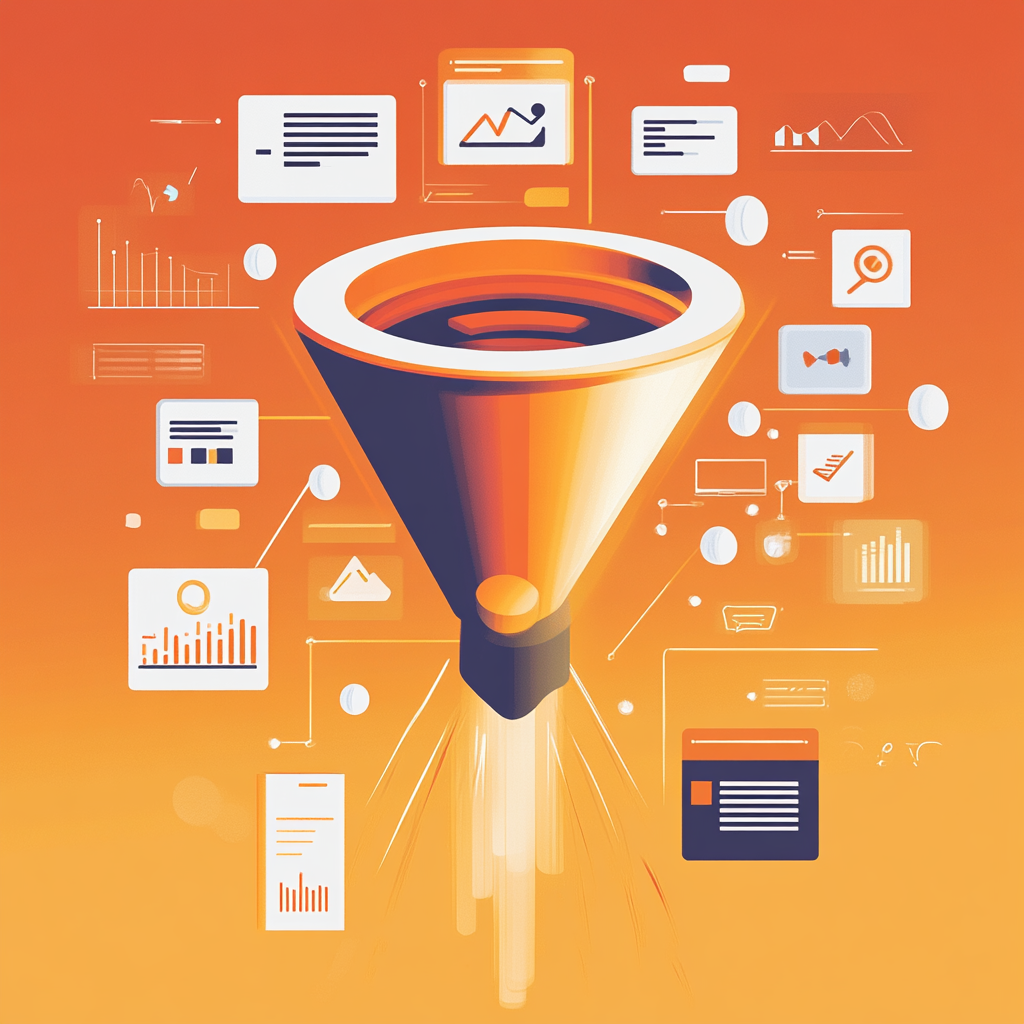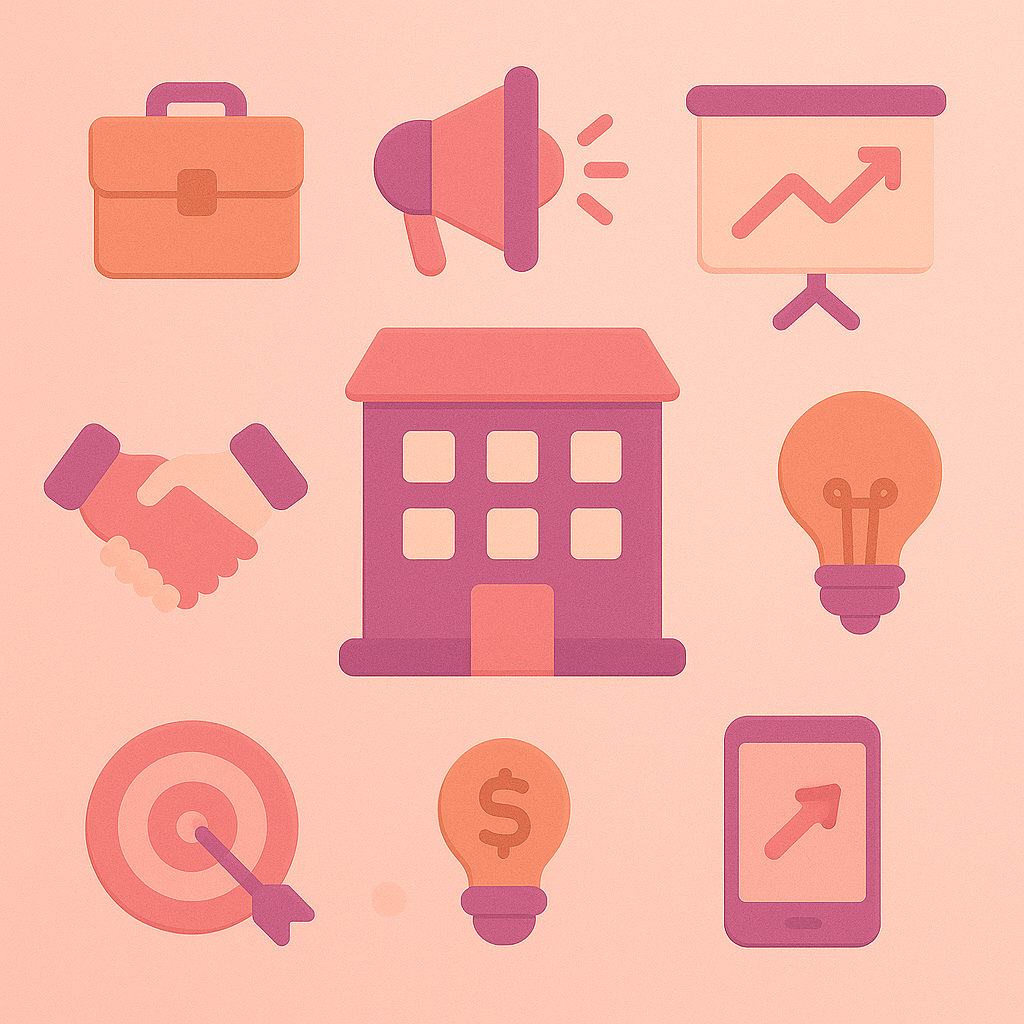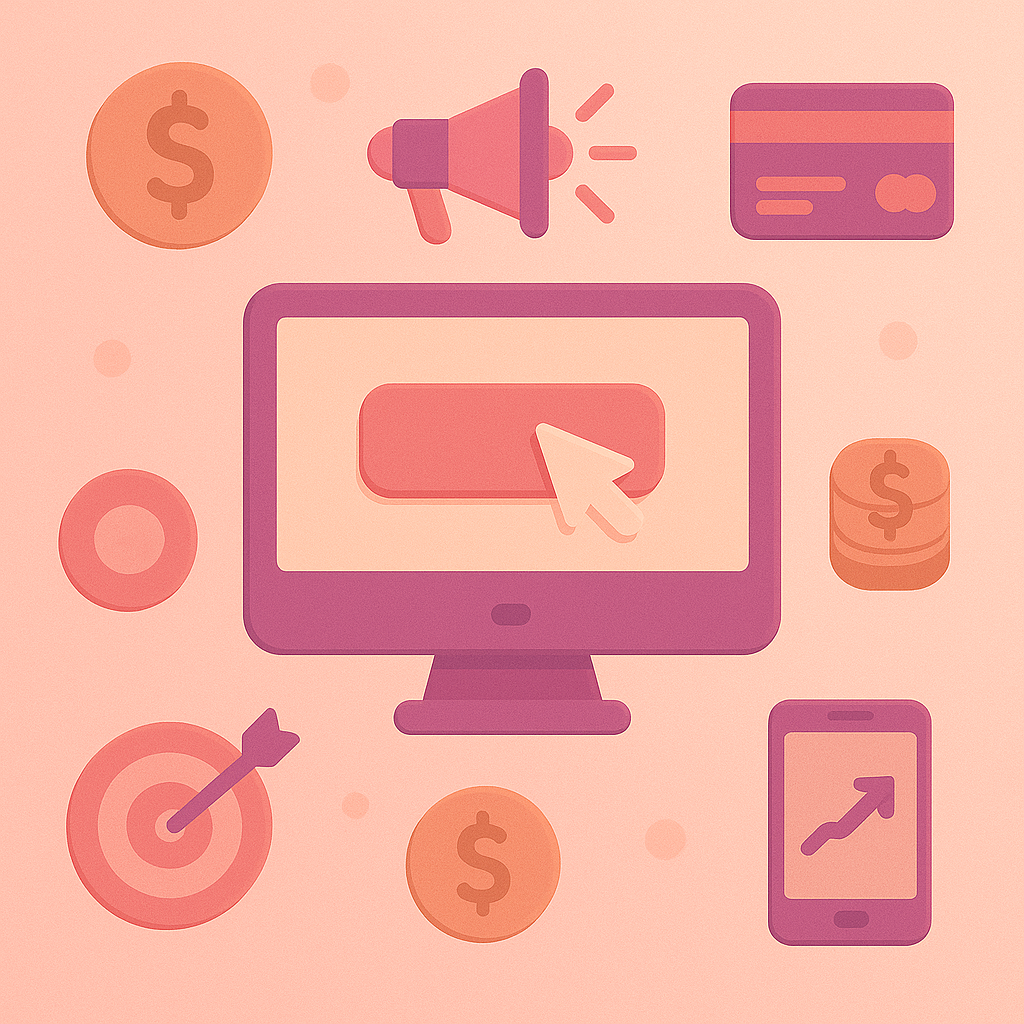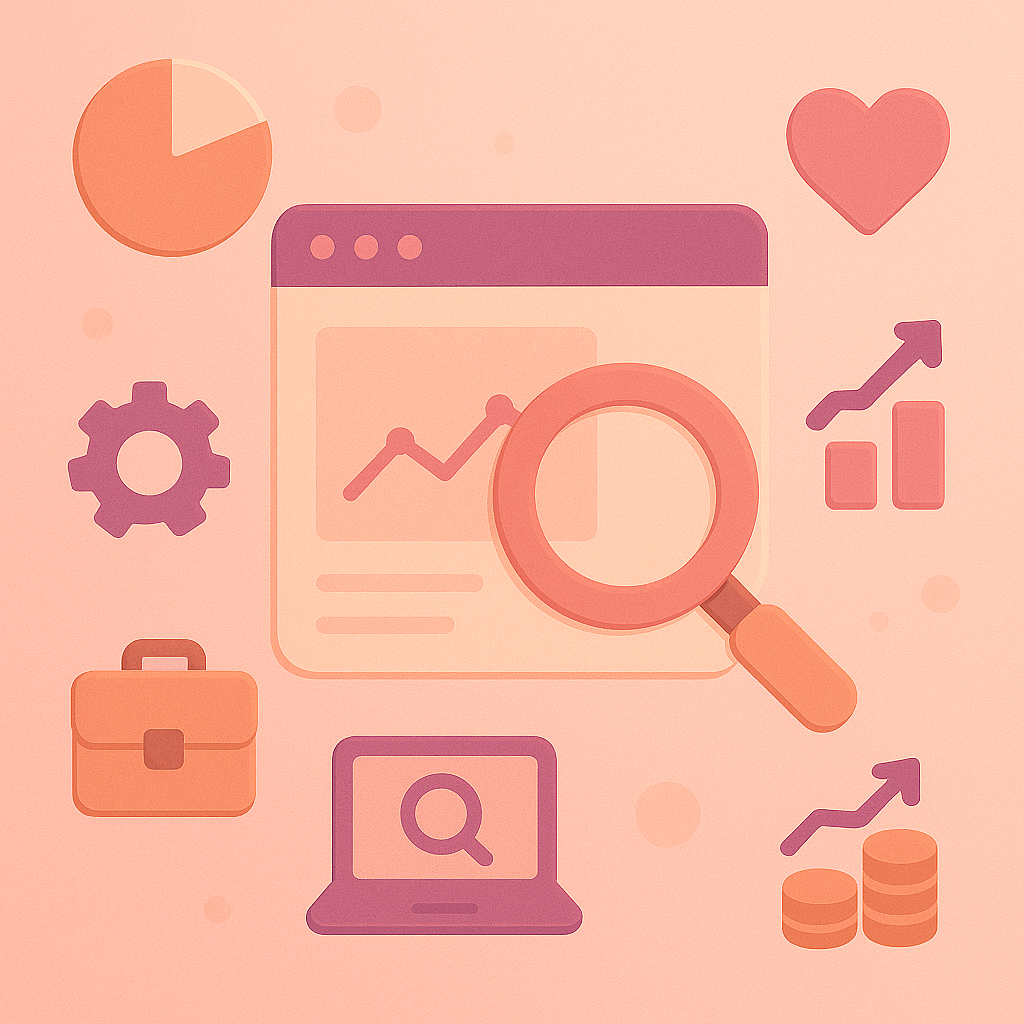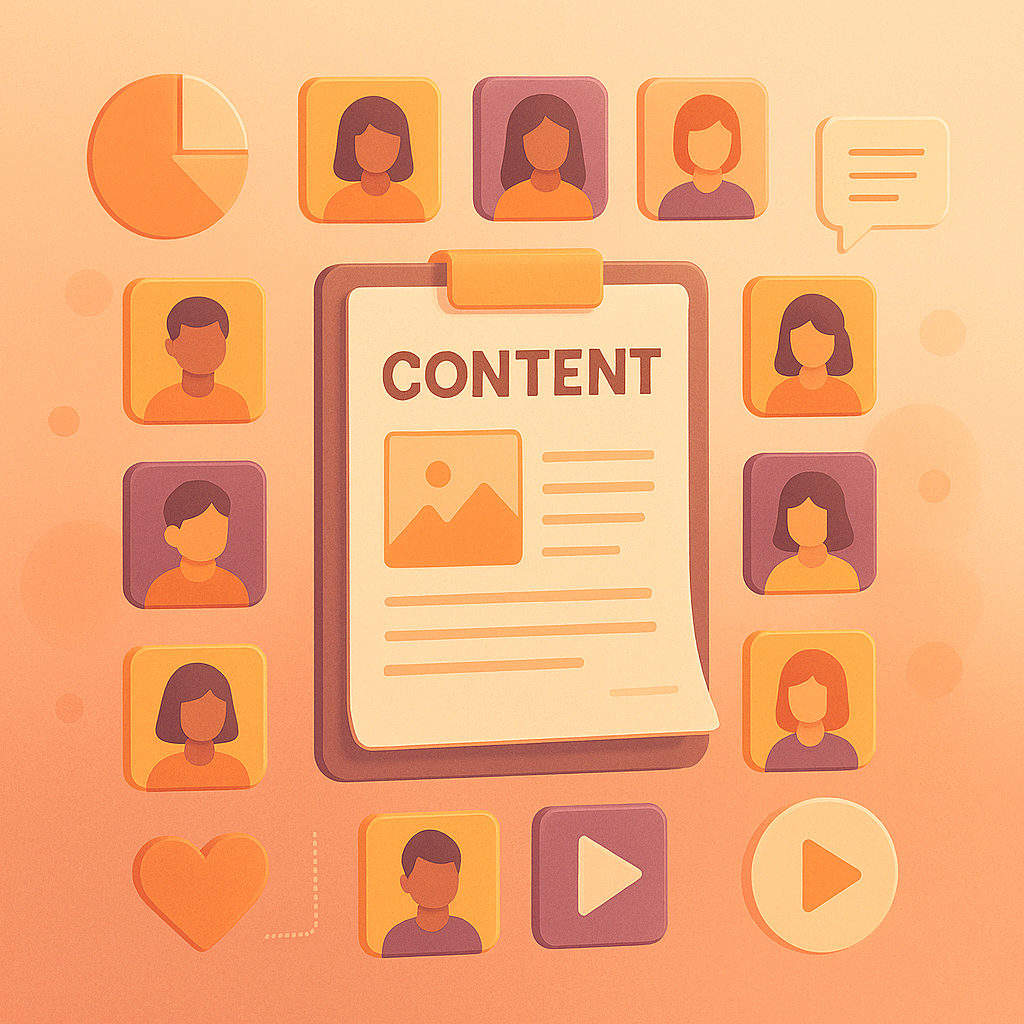Table of Contents
For SaaS companies, effective lead generation is essential for growth. It’s not just about bringing in new users—it’s about attracting the right people, keeping them engaged, and then turning them into long-term customers. Without a consistent flow of quality leads, even the greatest SaaS products will struggle to grow.
But what’s the best way to generate leads that turn into paying customers? Some businesses see results with content marketing and SEO, while others succeed with paid ads, referrals, or free trials. The key is finding what works for your product and scaling it.
This guide breaks down 6 proven SaaS lead generation strategies that will help you:
- Bring in leads that are ready to buy.
- Build trust so users stay with your product.
- Use sustainable tactics that bring in leads consistently.
At Growth Kitchen, we know what works. We’ve tested these strategies, refined them, and helped SaaS companies turn lead generation into predictable growth. Let’s get started!
Table of Contents
So, what is SaaS Lead Generation?
SaaS lead generation is the process of identifying and attracting potential customers who might find ongoing value in a software product.
The 3 main objectives of generating leads for your SaaS business are:
- Attracting Qualified Leads: Bringing in users who show interest in your product and fit your target audience.
- Converting Leads to Users: Encouraging your leads to take the next step, usually through free trials or freemium models, to let them explore your product without a subscription.
- Converting Users into Paying Customers: Ensuring free users’ experience is so good and your SaaS product is so valuable, users fall in love and give you all the money!
These 3 objectives, or rather stages, are what lead generation for SaaS consists of. Important to note that for SaaS companies exclusively. The traditional lead generation process is a bit different. Let me show you how.
What is the Difference Between Traditional and SaaS-Focused Lead Generation?
Yes, they are not the same.
While both aim to attract customers, their approaches and goals differ due to the SaaS model’s unique dynamics.
One-Time Conversions VS Long-Term Relationship Building
|
|
So, SaaS lead generation needs a much more relationship-focused, product-centered approach, where success depends on retaining users rather than simply acquiring them.
Why Lead Generation is Critical for SaaS Businesses
To improve your lead generation, you must understand precisely how it works, so let’s break it down.
The Basics of SaaS Lead Generation
For SaaS sales to grow, you need a steady system for lead capture. Unlike one-time purchases, B2C and B2B SaaS companies rely on recurring revenue from subscriptions. Without this, revenue stalls, and scaling becomes difficult.
But capturing users isn’t always straightforward. SaaS sales come with unique challenges:
- Niche Audiences → Many products serve specific industries, making it harder to attract broad interest.
- Longer Decision Cycles → Buyers often take time to evaluate the product before committing.
- High Expectations → Users want to see immediate value from trials and demos.
Without a system to capture and convert users, the pipeline dries up—slowing growth and putting the business at risk. So how do you stay on track? Tracking the right metrics helps you refine your approach and improve results over time.
Key Metrics to Boost Your SaaS Lead Generation Strategy
To make sure your lead generation process is smooth and thriving, try tracking your SaaS lead generation efforts with the right metrics. Actually, you should do it from the start. Remember, we need to generate high-quality leads, so the task is no piece of cake—a successful lead generation tactic needs constant adjustments.
1. Cost per Lead (CPL):
CPL = Number of Leads Generated/Total Marketing Spend
Tracks how much you’re spending to acquire each lead. Keeping CPL low without compromising quality is key to staying profitable.
2. Lead Quality
Assign a score (e.g., 1–10) to leads based on how well they match your ideal customer profile (ICP). Consider factors like:
- Budget
- Industry relevance
- Demographics
High-quality leads are more likely to convert and become loyal long-term customers.
3. Conversion Rate:
Conversion Rate = (Number of Leads / Number of Conversions)×100
Shows the percentage of leads who take the desired action, such as signing up for a trial or scheduling a demo. A low conversion rate could signal problems with your messaging or onboarding process.
! Remember: Tracking metrics isn’t just about observing numbers—it’s about testing, learning, and refining your strategy.
Using the Build-Measure-Learn Loop, you can improve your SaaS lead generation process by following these steps:
- Build: Develop lead generation campaigns based on specific hypotheses (e.g., “A shorter trial period will increase conversions”).
- Measure: Use the key metrics above to assess the results of your efforts.
- Learn: Analyze the data to understand what worked, what didn’t, and why. Use these insights to build improved campaigns.
This process allows SaaS brands to test ideas quickly, improve strategies, learn from results, and create a lead generation system that adapts to customer behavior and market trends.
If you want to explore SaaS metrics further, check out our article with a detailed breakdown of key SaaS metrics!
Key Strategies for Effective SaaS Lead Generation
Below are 6 proven tactics we tested and which SaaS businesses can implement, each with unique advantages depending on your goals and resources.
1. Content Marketing: Building Trust Through Valuable Content
Content marketing helps SaaS companies attract and educate their target audience by offering valuable and relevant information. Stressed: valuable. To generate leads, your content must be useful. You naturally draw in potential leads by positioning your brand as a trusted resource.
Example: Creating Helpful Blog Content
This is a tried and tested way to lure leads onto your website and tempt them to stay there. If your content is valuable and trustworthy enough, the lead will remember you. Once they remember you, they will come back to your content more and more, building trust in your usefulness and product.
HubSpot does this well. They provide free resources like eBooks, templates, and guides that help solve real problems. At the same time, they never forget to mention their tools to the readers. As a result: a trusted name in marketing and sales.
Don’t know what to publish in your niche? Focus on actionable how-to articles, in-depth guides, and case studies that address your audience’s pain points.
A few examples of effective content marketing strategies:
-
- Customer Success Stories: Share real-life examples of how your SaaS helped businesses/users overcome challenges.
- Educational Resources: Create a knowledge hub or resource library on your website.
- Interactive Tools: Offer free calculators, quizzes, or checklists that provide immediate value.
These types of content not only demonstrate your expertise but also showcase the practical value of your product. Over time, this trust will encourage readers to explore your offerings further – and boom! – the lead is captured.
Content marketing – it’s clear. But how should a lead find you? This is where SEO comes in.
2. SEO and Organic Search: How to Optimize Your SaaS Website for SEO
Of course, the content should not only be valuable, but visible to search engines as well. Value and SEO always go hand in hand.
The basics are quite simple:
Conduct keyword research – use tools like Google Keyword Planner, SEMrush, or Ahrefs to identify terms your target audience searches for (e.g., “best SaaS tools for small businesses” or “how to track customer data”). These keywords should align with what your ideal customers are searching for—keywords that connect directly to the problems you solve and the solutions you provide.
Then optimize your content with these keywords, and make sure they are present in all forms of content you produce, whether it’s blog posts, articles, LinkedIn posts, or TikTok videos. The goal is to be as visible as possible.
This approach helps you reach the thousands of users searching on Google each month. If someone looks up “B2B SaaS sales strategies,” your blog can be the answer they find. Once they arrive, you can provide valuable insights, build trust, and naturally guide them toward your product.
! Some Technical SEO Basics:
-
- Ensure fast page loading speeds and mobile-friendly design.
- Use clear, descriptive meta titles and meta descriptions.
- Write for humans first (use skimming!) but also ensure search engines can understand your content through clear headings (H1-H4), internal links, and well-placed keywords.
The goal is to make the user experience as good as possible: Easy navigation, intuitive design, and clear CTAs to make visitors feel welcomed <3
3. Paid Ads: Reaching Leads Fast
Paid ads are ideal for SaaS companies trying to reach a targeted audience quickly. All you have to do is go to LinkedIn/Facebook or any other platform where your ideal customers hang out and say, “Hey, here’s money, please promote my content.” And that will, in turn, turn into leads and a pipeline.
Best Scenarios When to Use Paid Ads for SaaS:
- Launching a new product or feature.
- Promoting free trials or demos.
- Retargeting visitors who interacted with your site but didn’t convert.
Facebook Ads Library is our favorite source of inspiration. You search for your competitors, explore the assets, and understand what performs well for your target audience.
Then ask the question: what makes this ad good? Is it decent ad copy, eye-catching visuals, or a distinct CTA? You test it all. The key advantage of paid ads is that they do all the work regarding targeting. Your task is to continuously A/B test ad copies, visuals, and landing pages to improve performance.
4. Product-Led Growth: Turning Product Use into a Lead Magnet
Product-led growth (PLG) focuses on letting your product speak for itself by offering free trials and freemium models.
SaaS companies commonly offer these so that potential users can experience the product first-hand before purchasing. This is a perfect way to build trust and show value firsthand.
- Why It Works: By offering free access to your software, you lower the entry barrier. This strategy builds a user base while allowing people to experience your product’s value directly.
- Best Practices: Highlight the core features during the free trial and communicate the additional benefits of upgrading to a paid plan.
The goal of a free trial is to guide new users through your product in a way that highlights its value and solves their specific problems.
Tips to optimize your lead generation with freemiums:
-
- Provide step-by-step onboarding emails or tutorials.
- Offer in-app tips to help users navigate features effectively.
- Use analytics (Microsoft Clarity is my personal fav) to track user behavior and identify drop-off points.
5. Email Marketing for Effective Lead Nurturing and Retention
Email marketing is one of the most cost-effective ways to generate high-quality SaaS leads and guide potential customers toward purchasing. When done right, it keeps your brand top-of-mind and moves engaged leads through the lead nurturing process without requiring constant manual effort.
Building an Email List: Quality Over Quantity
Instead of buying email databases, collect qualified leads through signup forms, landing pages, and lead magnets like free guides, templates, and webinars.
Then segment your list by user behavior or demographics to send personalized messages that resonate, increasing conversion rates.
Nurture Sequences That Work
A structured email nurture sequence helps turn potential customers into engaged leads and eventually, paying users. Here’s a simple flow:
- Welcome Email → Introduce your product and its benefits.
- Educational Emails → Share tutorials, case studies, or industry insights that show the value of your SaaS.
- Closing Emails → Add clear CTAs, like scheduling a demo, upgrading a trial, or taking advantage of a limited-time offer.
This structured approach to lead generation ensures you’re providing value while keeping your leads engaged.
Drip Campaigns: Automating B2B SaaS Lead Generation Efforts
Drip campaigns are automated email sequences designed to move leads through your funnel over time. Key elements include:
- Educational Content → Show how your product solves real problems in the SaaS industry.
- Timely Reminders → Follow up when trial periods end or when users engage with specific content.
- Clear CTAs → Encourage the next step, whether it’s a demo, trial upgrade, or free consultation.
With the right balance of value, education, and timing, email marketing can turn passive leads into active customers.
Real Example: Slack’s Email Marketing Strategy
Slack uses email marketing to generate high-quality SaaS leads and turn free users into paying customers. Their email sequences focus on engagement, guiding users to explore features that increase retention.
Here’s how Slack optimizes its email marketing for SaaS lead generation:
- Onboarding Emails → Personalized tips based on user activity.
- Feature Education → Short emails highlighting key tools and integrations.
- Upgrade Nudges → Instead of pushing a sale too early, Slack highlights how larger teams benefit from premium features, making the decision to upgrade feel natural.
By prioritizing lead nurturing and strategic follow-ups, Slack’s email strategy keeps leads engaged, increases conversions, and strengthens retention—all key elements of a successful B2B SaaS lead generation strategy.
6. Referral and Affiliate Programs
Referral and affiliate programs help generate highly qualified leads by leveraging existing customers and partners. Since referrals come from trusted sources, they convert faster and require less effort
Referral Programs: Turning Customers into Promoters
A referral program encourages satisfied customers to bring in leads for your SaaS business by rewarding them with:
- Discounts on future subscriptions
- Account credits for successful referrals
- Exclusive features or perks
Strategic partnerships also work. For example, a CRM SaaS can partner with an email automation tool to cross-promote services. Customers or partners share a referral link, earning a reward when someone signs up. This automated process keeps your pipeline full of engaged leads.
Affiliate Programs
Affiliate programs enlist marketers, influencers, or agencies to promote your product for a commission. This works well when expanding into new SaaS markets where you have less direct visibility.
How to Set Up an Affiliate Program:
- Offer a Commission → 15-20% off the first-year subscription or a fixed fee per sale.
- Provide Marketing Tools → Banners, email templates, and guides to make promotion easy.
- Track Performance → Use Tapfiliate or Impact to monitor affiliate activity and optimize your program.
Why Referrals and Affiliates Work So Well
They work because they’re built on trust. When a customer or partner recommends your product, their credibility makes it easier to attract and convert new leads.
With a low cost to start up and an easy setup, referral and affiliate programs help you reach new audiences while solidifying both customer and partner relationships.
At the end of the day, there’s no marketing tool more powerful than word-of-mouth.
Tools for SaaS Lead Generation
The right tools can significantly enhance your SaaS lead generation efforts by automating processes, tracking performance, and optimizing results.
Lead Generation Software and Tools
Automating your lead generation process saves lots of time and ensures efficiency. Here are some tools that can help you attract and capture leads effectively:
| Tool | Purpose | Why It’s Useful for SaaS |
|---|---|---|
| HubSpot CRM | Contact management, email marketing automation | Free to start; scales with advanced lead tracking capabilities. |
| Salesforce | Comprehensive CRM for large-scale lead management | Ideal for managing complex B2B SaaS lead generation strategies. |
| ActiveCampaign | Email marketing and lead nurturing automation | Great for setting up automated campaigns and tracking engagement. |
| Hunter.io | Finding contact details for outbound strategies | Helps with targeted B2B SaaS lead generation campaigns. |
| Leadfeeder | Website visitor tracking | Identifies companies visiting your site for personalized outreach. |
These tools support affordable lead generation tactics and are accessible even to startups.
Technology and Analytics Platforms
Analytics platforms, just like metrics, are crucial for monitoring lead quality and conversion rates. This enables you to optimize every step of your SaaS lead generation process.
| Platform | Purpose | Why It’s Useful for SaaS |
|---|---|---|
| Google Analytics | Website traffic and behavior tracking | Understand where leads are coming from and how they interact with your site. |
| Hotjar | User behavior analytics | Heatmaps and session recordings provide insights into user actions. |
| Mixpanel | Product analytics | Tracks user engagement, helping you optimize onboarding and retention. |
| ZoomInfo | Data enrichment for B2B leads | Enhances lead profiles for better lead qualification. |
Predictions for 2025: What SaaS Companies Need to Know
- Hyper-Personalization:
Generic outreach won’t get results. SaaS businesses will rely on custom product recommendations, AI-driven content, and dynamic email campaigns to attract and engage leads into paying customers. - Privacy-First Strategies Will Be a Must:
Stricter privacy laws require SaaS companies to handle customer data openly. Using privacy-compliant lead generation services helps build trust.
- Focus on Retention as Lead Generation:
Happy customers bring in new users through referrals and organic growth. Investing in customer success and loyalty programs helps capture and convert more users naturally.
SaaS companies that adopt these tactics early will stay ahead. In 2025, the focus will shift from chasing new leads to building long-term relationships and using retention as a way to generate B2B SaaS leads.
Conclusion: The Best SaaS Lead Generation Strategies
Generating high-quality SaaS leads isn’t just about filling your pipeline—it’s about building a system that consistently attracts, nurtures, and converts the right leads into long-term customers.
Here’s what to focus on:
-
Use Strategies That Fit Your Business
Combine inbound tactics like content marketing and SEO with outbound efforts like paid ads and outreach. Test and refine to find the right balance. -
Track Metrics That Matter
Focus on cost per lead (CPL), lead quality, and conversion rates to measure the effectiveness of your lead generation efforts. Adjust as needed. -
Use Tools and Stay Flexible
CRMs, marketing automation, and analytics help you optimize your approach. The SaaS industry evolves fast—stay adaptable.
Lead generation is essential, but it’s not just about numbers. Thoughtful strategies and useful communication turn potential customers into engaged users. Start small, learn from your results, and keep evolving to find what works best for your SaaS business.

